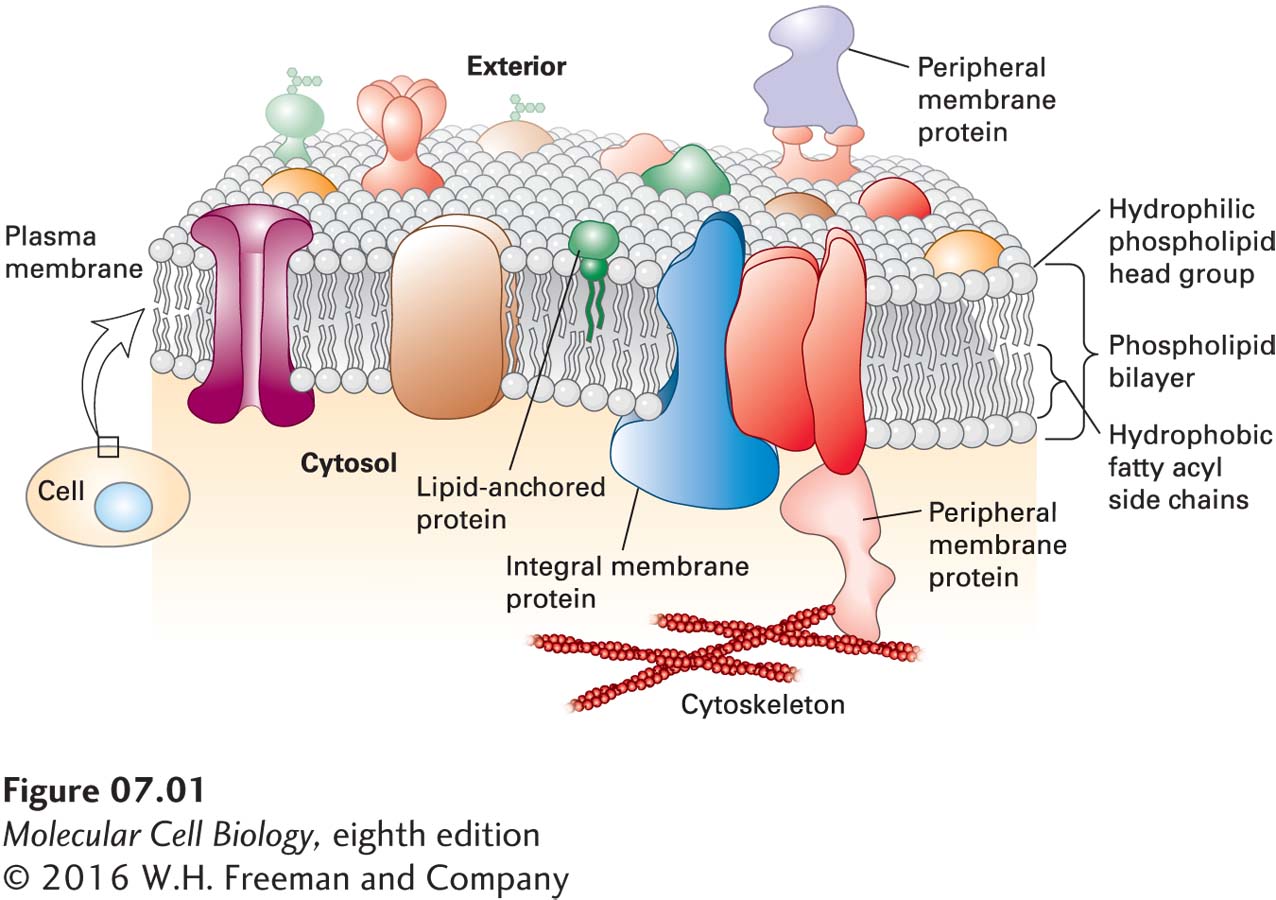
FIGURE 7- r- r- d- 8–